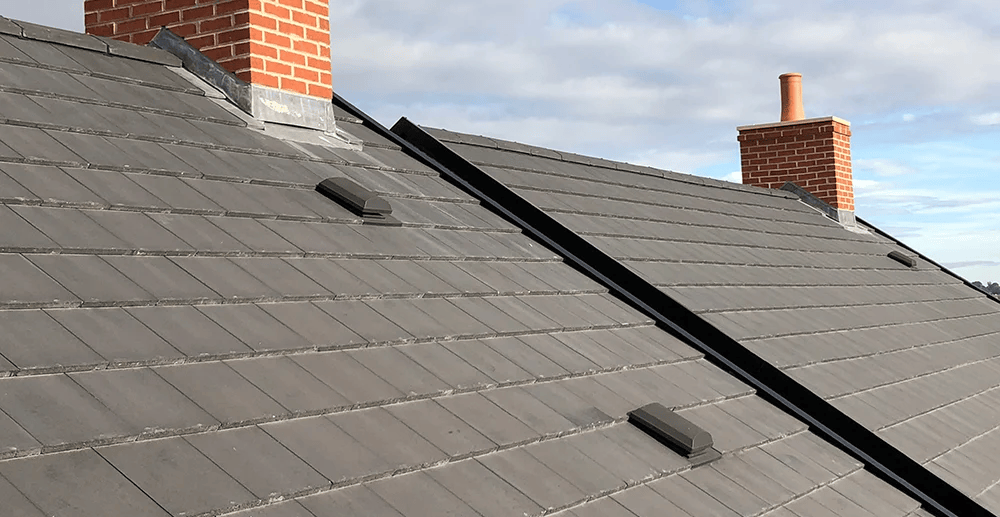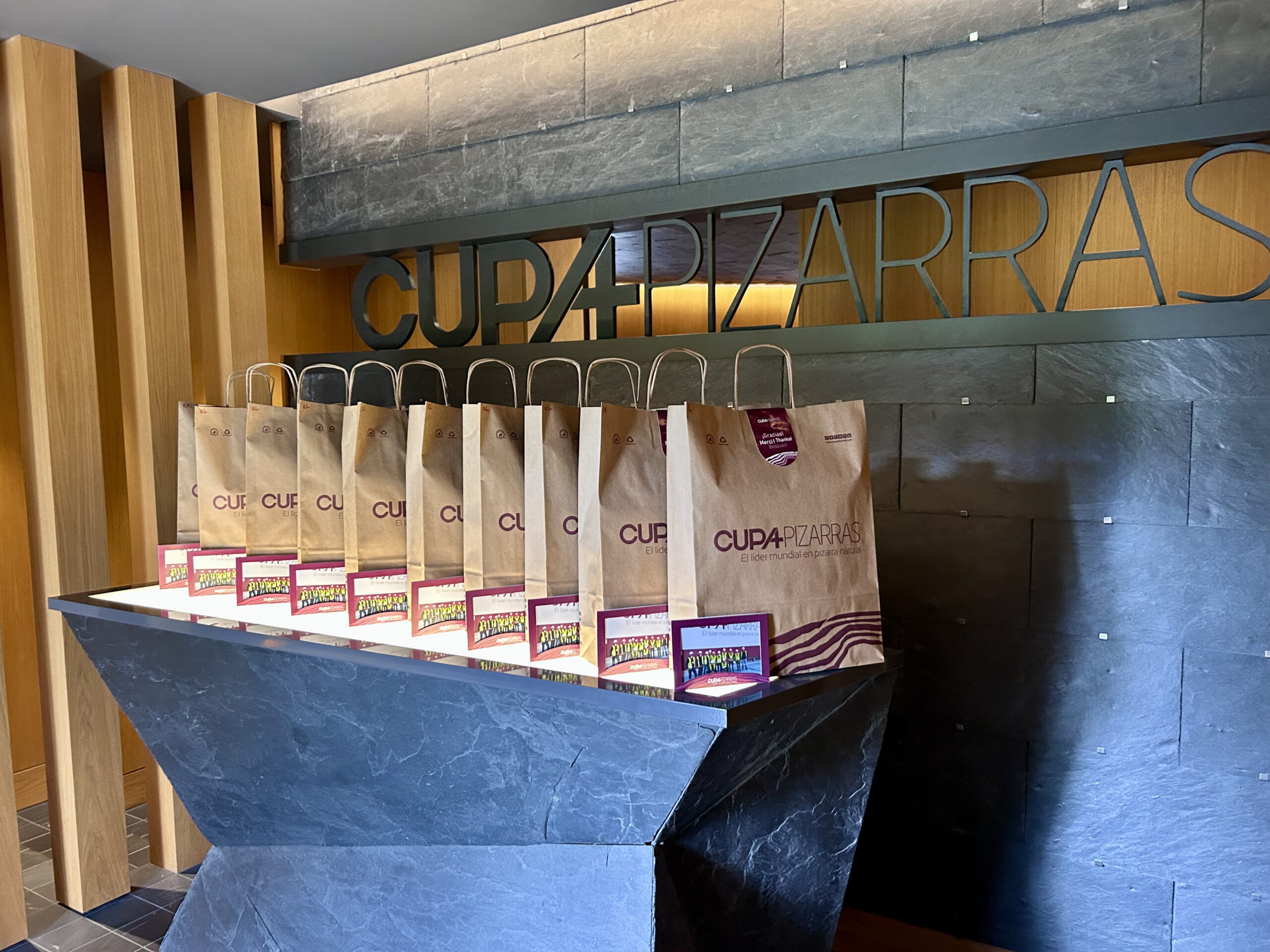Managing Director of Master Roofers UK, Stewart Rowles, explores a brief history of rooflights.
Traditional rooflights have played an important role in British architecture since the Industrial Revolution, providing natural light to buildings while maintaining structural integrity and durability.
Early Development (18th–19th Century)
Before the widespread use of rooflights, buildings relied on large windows and open courtyards for daylight. However, with the rise of industrialisation in the late 18th and early 19th centuries, demand grew for stronger and more fire-resistant materials.
Cast iron, which had become more affordable and widely available due to advancements in smelting and engineering, was used to manufacture rooflights for factories, workshops, and railway stations.
These early rooflights featured simple glazing bars that held glass panes, usually installed with linseed putty, allowing daylight to enter large industrial buildings while maintaining structural integrity.
Victorian Era (Mid-to-Late 19th Century)
The Victorian era saw a significant expansion in the use of cast iron rooflights, particularly in civic and commercial architecture.
Advances in glass production allowed for larger panes, leading to more intricate designs.
Traditional rooflights became common in railway stations, warehouses, and even residential buildings, especially in townhouses and mansions with attic conversions and were also seen regularly in large porchways where glass was installed to allow light to penetrate front windows while still affording a generous overhead canopy at entranceways to homes.
The introduction of self-supporting cast iron and glass structures, such as the Crystal Palace (1851), highlighted the potential of cast iron in architecture.
20th Century: Decline and Changes
With the rise of steel and aluminum in the early 20th century, cast iron began to decline as a primary material for rooflights. Steel was lighter, easier to work with, and more resistant to corrosion.
World War II led to a decline in cast iron use, as wartime efforts prioritised steel production.
By the mid-20th century, new materials such as aluminum and reinforced plastics started replacing cast iron in rooflight designs, however these designs typically did not lend themselves to a heritage setting and often appeared more modern and boxy in nature, sitting higher above the surface of the roof area.
21st Century: Revival and Conservation
In recent decades, there has been a revival of interest in traditional rooflights, particularly for heritage and conservation projects.
Many historic buildings and Victorian properties require period-appropriate replacements, leading to the specification of traditional cast iron rooflights to roof areas. However, a problem still persisted with the reintroduction of this classic style rooflight. The looming issue of rust.
Cast iron is prone to rusting in a relatively short time resulting in staining and an unsightly appearance to the rooflight. Moreover, as traditional rooflights require a lead flashing system to correctly waterproof them, there comes another compatability issue with sheet lead in contact with cast iron where the 2 metals cause premature corrosion which can lead to a drastically shortened service life for both metal components.
So what is the solution to these key problems?
Stella rooflights have brought traditional rooflights into the modern era, combatting rust, corrosion and longevity issues by creating the framing system from stainless steel.
This upgrade to the core components of the rooflight afford a far greater service life for the frame and lead flashings surrounding the window. On top of this, glazing technology is integrated into the windows with double glazed glazing units, finished with extremely durable glazing gaskets to ensure a superior service life to the overall galzing unit.
These modern manufacturing techniques allow for Stella rooflights to perform with improved weatherproofing and energy efficiency while retaining their historic charm. Traditional rooflights have evolved from essential industrial features to cherished architectural elements in heritage conservation. While modern manufacturing advances from Stella have greatly enhanced them, their aesthetic appeal, and historical significance ensure they still remain a part of British architecture and lend themselves seemlessly into a conservation or classic roof setting, especially in period restorations.


